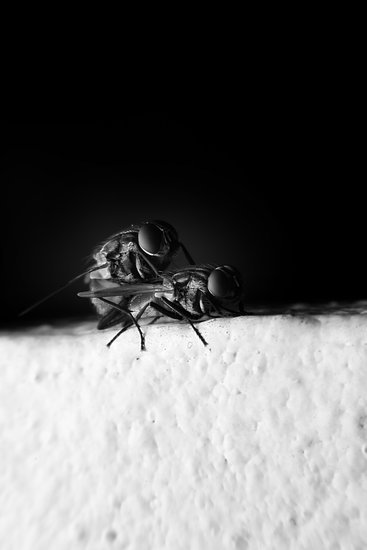How Do Flies Cause Disease?
While we don’t know exactly how flies can cause disease, they are definitely carriers of several harmful bacteria. These microorganisms can cause a variety of infections in humans and pets. Some of the most common are E. coli and Anthrax. These two bacteria can cause bloody diarrhea, nausea, stomach cramps, vomiting, fever, and skin rashes. Flies can also spread parasites and pathogens by their droppings.
One common parasite that flies carry is the malaria parasite. This parasite lives in mosquitoes of the genus Anopheles. In fact, this parasite can cause two million deaths each year! In the United States, however, cases of malaria are rare and limited to travelers from foreign countries.
The majority of pathogens carried by house flies are transmitted through mechanical transmission. This is where the pathogen does not multiply in the host, but the insect carries enough pathogens on its body surface to infect the host. Because of this, the fly is a primary vector for spreading pathogens and can lead to disease in humans.
Although many people think of house flies as harmless, they can be a big threat to businesses. They spread a variety of diseases, primarily to animals and humans. In some cases, they can cause food poisoning and dysentery. These flies can damage a business’s brand reputation, and can impact the health of its employees.








